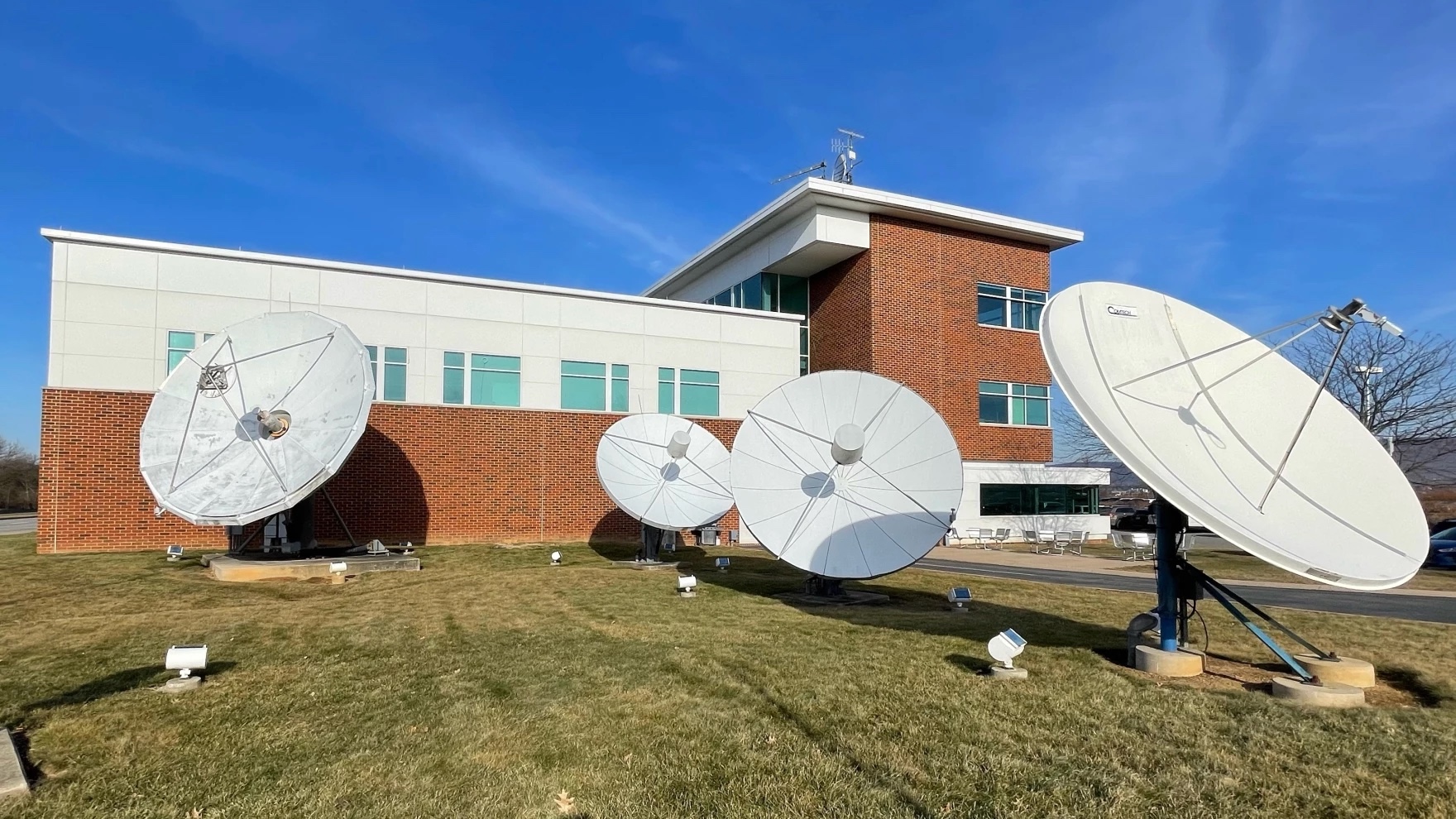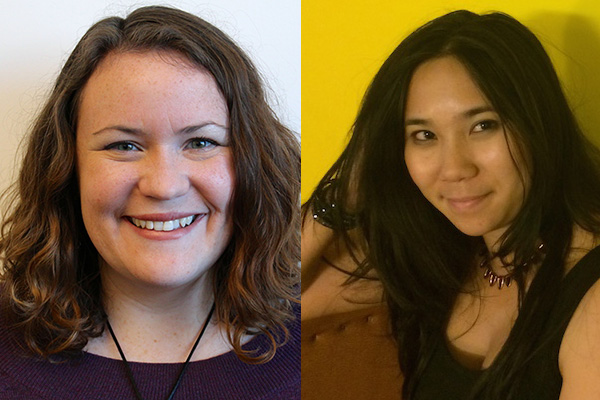PBS hones focus on education, shifts responsibility among top staffers
PBS is reorganizing its ranks to sharpen its focus on education.
PBS President Paula Kerger told station general managers in an email Monday that research shows “there is tremendous opportunity to engage with teachers, parents, and children of all ages, so this will be a central priority.”

Rotenberg (Photo: PBS)
Lesli Rotenberg, former children’s programming and marketing and communications GM and SVP, is now leading a new unit, kids and education. That team will “help create innovative children’s educational services,” Kerger’s email said. Alicia Levi, v.p., education, and her team will report to Rotenberg.
Previously, Levi’s education team reported to Karen Baile, digital strategy and operations v.p. Baile takes on different responsibilities: She now heads a new business intelligence group that merges research, digital analytics and audience insight functions.

Rubenstein (Photo: PBS)
That unit is within the revamped portfolio of digital chief Ira Rubenstein. Rubenstein, whose new title is s.v.p. and g.m. digital and marketing, now oversees general audience marketing as well as creative and social media work.
Also, corporate communications, led by Anne Bentley, now reports directly to COO Jonathan Barzilay and Kerger. Previously, that department reported to Rotenberg.
In an interview, Barzilay said that the shifts are part of an ongoing examination of the internal dynamics of the organization. “I like to say these moves are about education, engagement and efficiency,” he said.
Over the past year, consultancy Tucker Capital Education has helped PBS explore more possibilities with education content. “That illuminated an opportunity for us to lead in this work with younger children, where the PBS Kids brand has earned such trust,” he said.
Barzilay said that Kemp Battle, a founding partner of Tucker Capital Education, led that research. Battle previously worked with clients such as Sesame Workshop and Public Radio International.
Battle’s background, according to the firm’s website, is in investment banking. He aims to “assist organizations incubate new and transformative revenue-enhancing initiatives.”
Battle specializes in “assisting in the development of the discipline required for a not-for-profit to extend its reach (including structuring innovative public-private partnerships)” and is “focused on outcomes that sustain organizational capacity and promote profitable growth.”
At last year’s PBS Annual Meeting, education VP Levi said PBS was “examining foundational market questions and exploring our position” in the educational marketplace. She noted that PBS faces “powerful incumbents who dominate sales to the classroom. The market is filling with venture-capital backed innovators to the tune of $640 million funneled into the ed-tech market last year.”
So does PBS’s work with Battle at Tucker Capital mean that PBS is venturing into that educational technology marketplace? “No,” Barzilay said. Tucker Capital identified potential growth areas for PBS within the educational field, he said.
Take PBS LearningMedia, a digital classroom resource for K–12 educators. “Until recently, that reported to the digital group because we saw it as a product line,” Barzilay said. “Now we think there’s a bigger opportunity for PBS to lead with teachers and in education. In order to play to our strengths, it makes sense to bring together the people at PBS who think about education in the classroom, and people who think about that in terms of programming.”
The reorganization knocks down silos between Linda Simensky, v.p. of children’s programming; Sara DeWitt, v.p., kids’ digital; and Rotenberg. “And by adding Alicia and the education team, we have a more thorough dialogue about ways to advance education,” Barzilay said.
“We’ve long said that education is in our DNA,” Barzilay added. “This organizational structure reflects more significantly bringing groups together to think about this space in new ways.”
Related stories from Current:








Notoriously good. This is, like peg says, — quote — “totally awesome.”
Responsibility is the best part in taking as well as exploring the potential approaches in precise manner so that anyone would get the ideal action plan in exposing the educational action plan for the entire way out to do well in proper approaches. In that case this is the ultimate key process flows in doing the functional process for all.